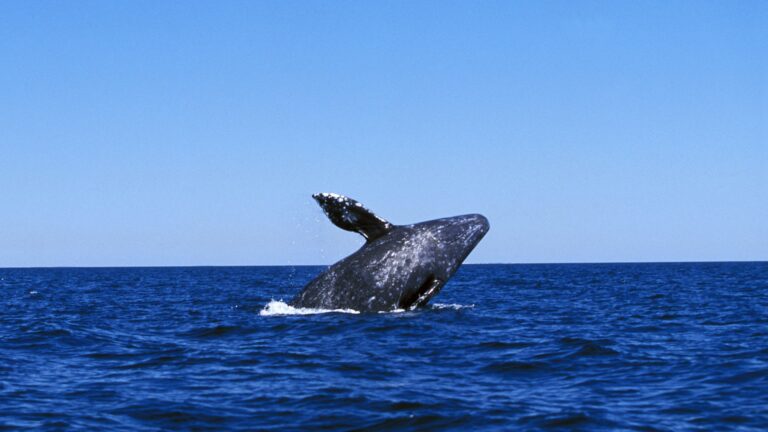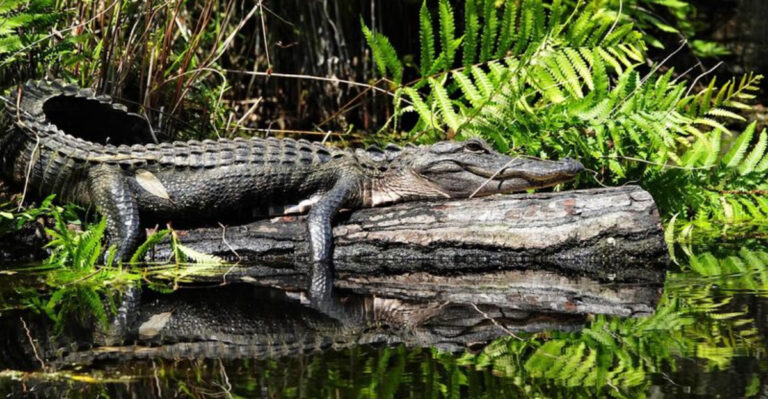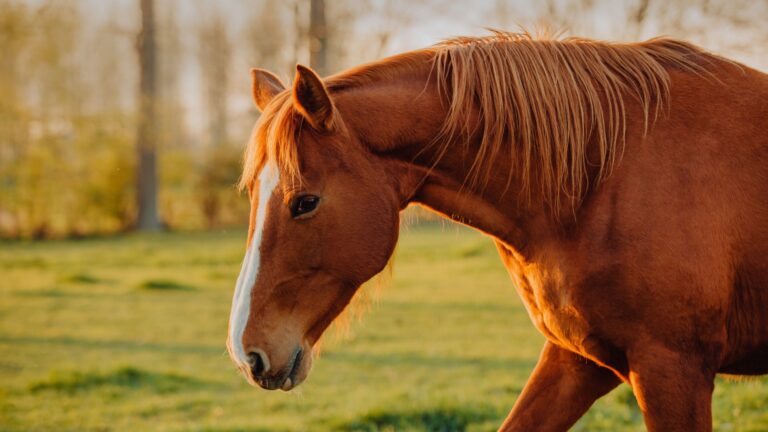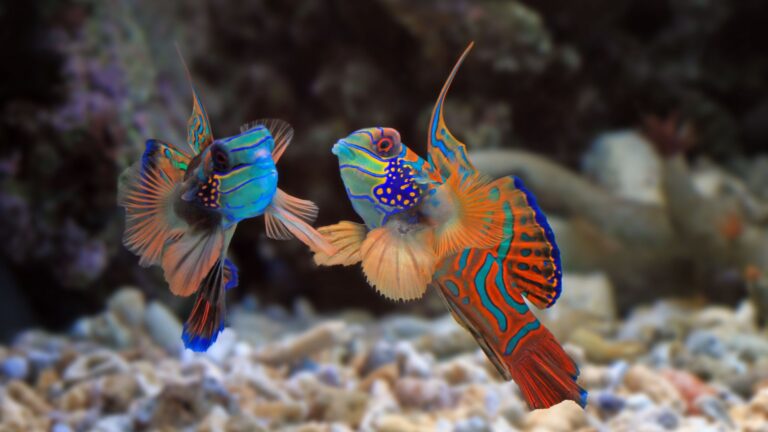22 Groundbreaking Dinosaur Discoveries That Shaped Science
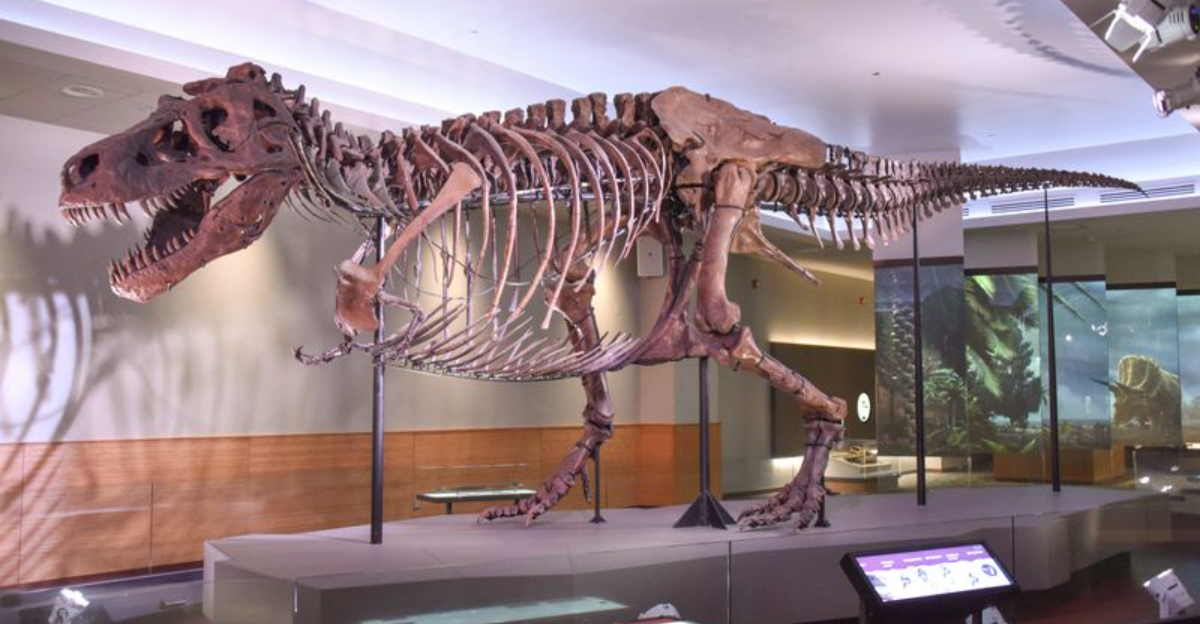
Dinosaurs have fascinated humanity for centuries, and every new discovery about these magnificent creatures sends ripples through the world of science.
With every fossil unearthed, scientists piece together the puzzles of prehistoric life, reshaping our understanding of evolution and the natural world. Join us as we explore 22 groundbreaking dinosaur discoveries that have truly changed the way we think about these ancient giants.
1. The First Dinosaur Bone
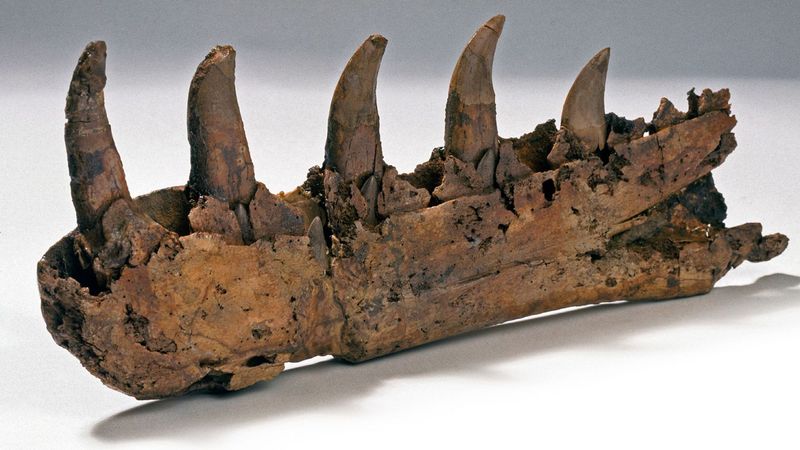
In a quaint English village, a simple discovery of a massive bone sparked the birth of paleontology. The unearthing of this dinosaur femur in the early 19th century stunned the scientific community and began a journey that would rewrite history.
The world opened its eyes to creatures that roamed long before humanity’s dawn.
2. The Mighty Tyrannosaurus Rex
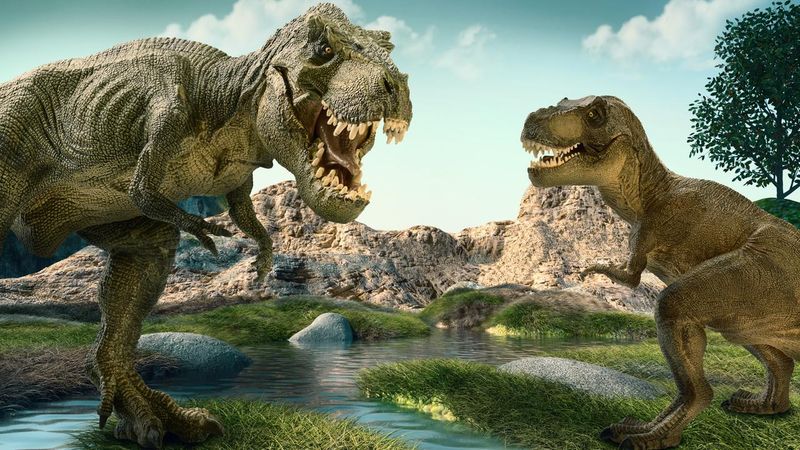
The unveiling of the Tyrannosaurus Rex shook the foundations of what we knew about predators. Towering and terrifying, this king of the dinosaurs reigned supreme.
Its discovery painted a vivid picture of a ruthless hunter and shifted our understanding of the ecological structures of prehistoric times. Imagine the ground shaking beneath its formidable steps.
3. Feathered Dinosaurs
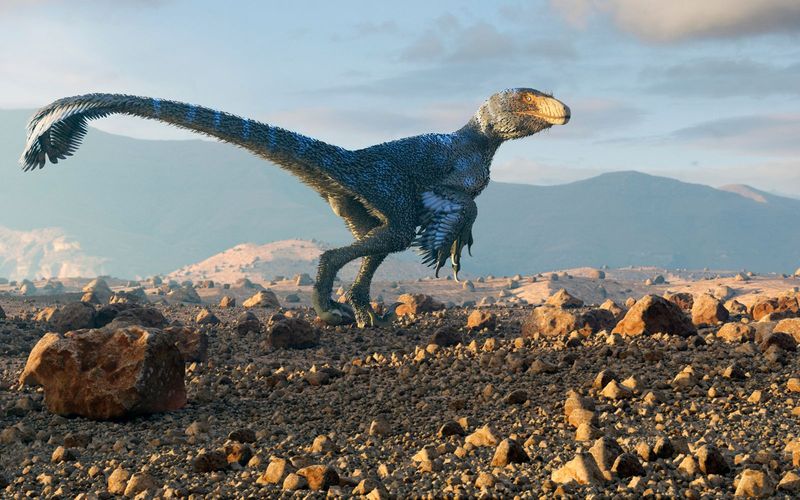
The revelation that some dinosaurs sported feathers revolutionized our perception of these ancient beasts. No longer just scaly giants, dinosaurs like the Velociraptor were reimagined with colorful plumage, hinting at their evolutionary link to birds.
This discovery brought a splash of color and intrigue to the study of dinosaur biology, shaking up scientific theories.
4. The Giant Argentinosaurus
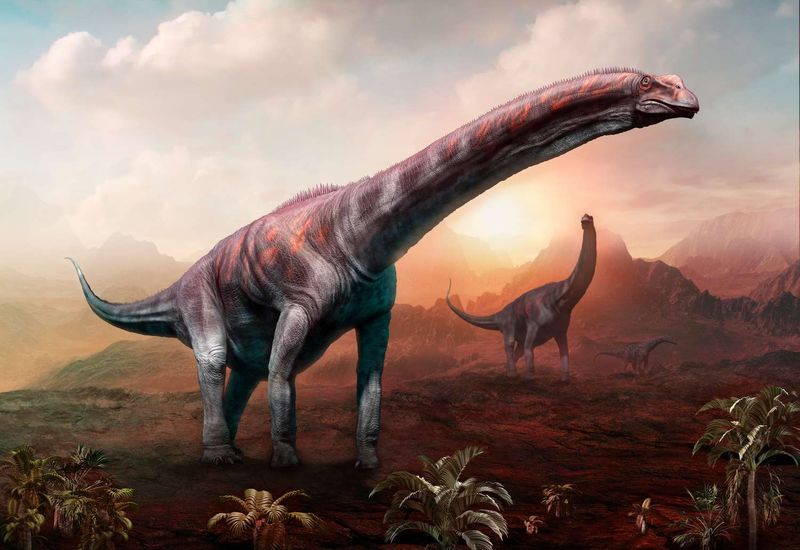
Staggering in size, the Argentinosaurus dwarfed its contemporaries. This gigantic herbivore redefined our understanding of dinosaur gigantism and its ecological impact.
Its existence hinted at lush environments capable of sustaining such massive creatures. The discovery of the Argentinosaurus expanded our imagination beyond the limits of what we thought possible for terrestrial life.
5. The Bird-like Archaeopteryx
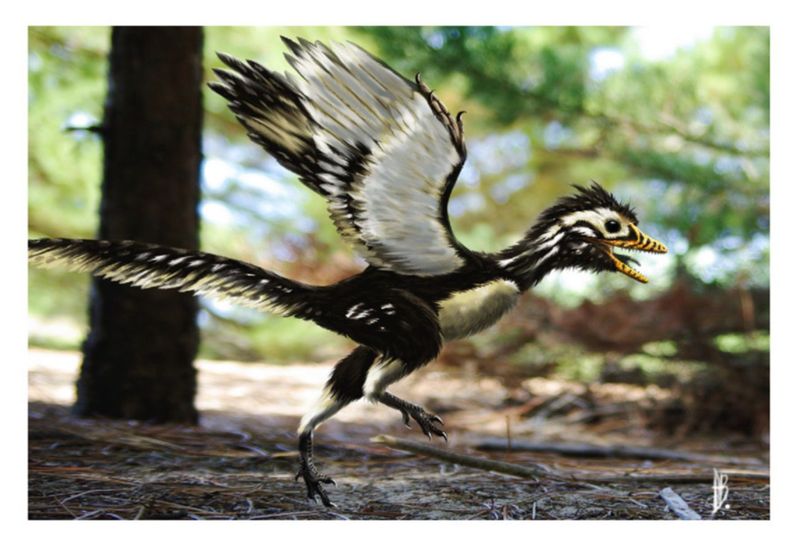
Archaeopteryx holds the prestigious title of the first bird-like dinosaur discovery. With its blend of reptilian and avian traits, it became a cornerstone in our understanding of evolution.
This creature bridged the gap between Earth-bound dinosaurs and flight-capable birds, offering insights into the transition from scales to feathers and from land to sky.
6. The Horned Triceratops
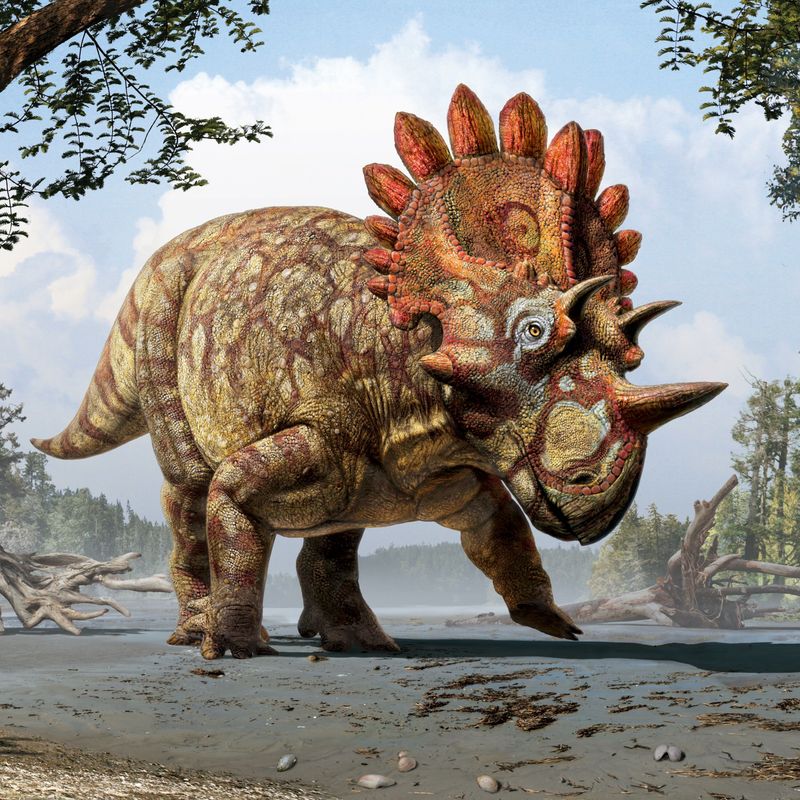
With its majestic horns and robust frill, the Triceratops captured imaginations and offered clues to dinosaur social behavior.
Its discovery unveiled a creature capable of both defense and display, suggesting complex social structures. The Triceratops not only enriched our knowledge of ceratopsians but also inspired countless portrayals in books and films.
7. Sue the T. Rex
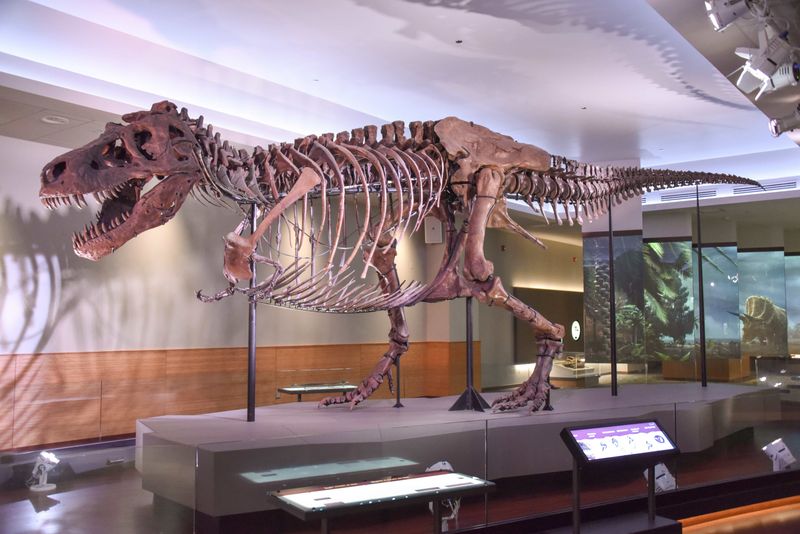
Sue, the most complete Tyrannosaurus Rex fossil ever found, became a landmark in paleontology. Her discovery provided unparalleled insights into the anatomy and lifestyle of these apex predators.
Sue’s skeleton captivated the world, drawing fascination and awe while offering a detailed glimpse into the life of a creature that once dominated its domain.
8. The Long-necked Brachiosaurus
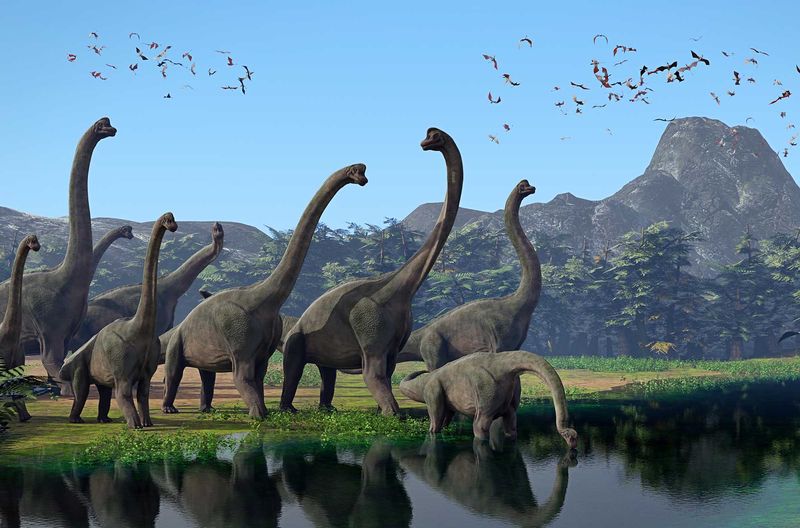
The Brachiosaurus, with its extraordinary neck, rewired our understanding of sauropod behavior and physiology.
Its discovery highlighted adaptations for reaching high foliage, reshaping our theories about feeding strategies and ecological niches. The image of this gentle giant stretching skyward remains one of the most iconic representations of dinosaur life.
9. The Armored Ankylosaurus
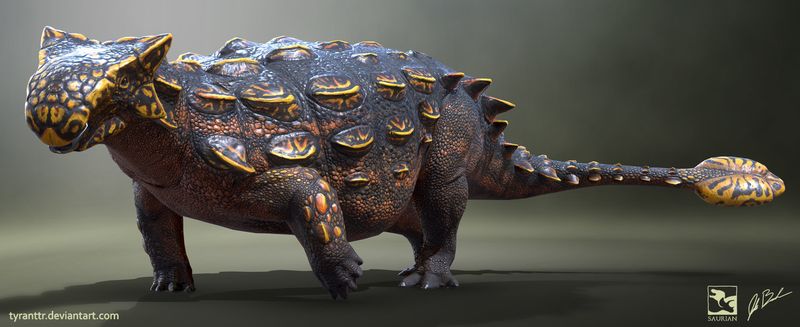
The Ankylosaurus, a walking fortress of armor, redefined our ideas about dinosaur defense. Its bony plates and clubbed tail were not just protective but served as formidable weapons.
This discovery provided new insights into evolutionary adaptations for survival in a world filled with predators. The Ankylosaurus remains a symbol of resilience and ingenuity.
10. The Speedy Velociraptor
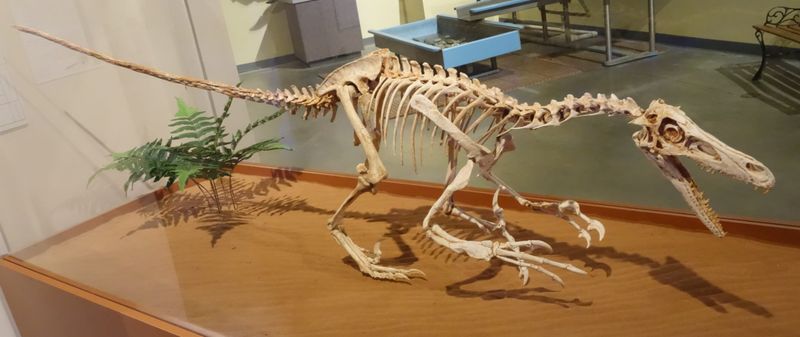
Famous for its speed and intelligence, the Velociraptor challenged our perceptions of dinosaur behavior. Its discovery revealed a cunning, agile predator, with evidence suggesting pack hunting strategies.
The Velociraptor’s swift movements and keen senses offered a new dimension to dinosaur predation and inspired countless portrayals in popular culture.
11. The Spinosaurus Aegyptiacus
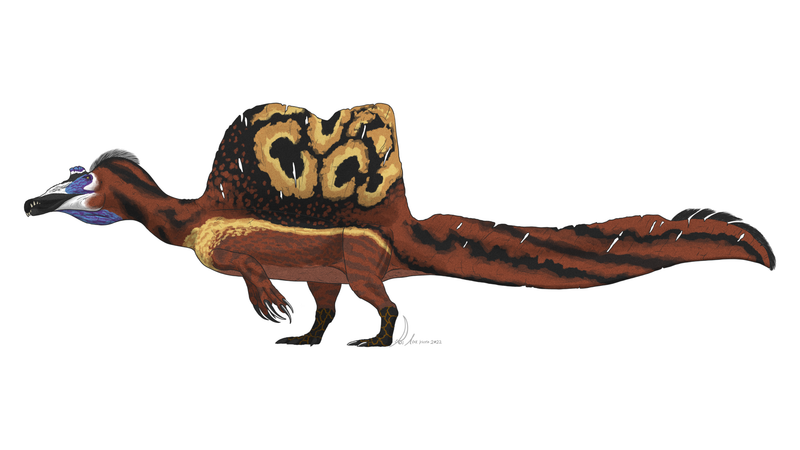
The Spinosaurus, with its distinctive sail, unveiled a unique semi-aquatic lifestyle among dinosaurs. Its discovery shifted paradigms about dinosaur habitats, suggesting adaptations for swimming and fishing.
The Spinosaurus defied typical dinosaur expectations, blending traits of land and water dwellers, and enriching our understanding of ecological diversity in ancient times.
12. The Herbivore Iguanodon
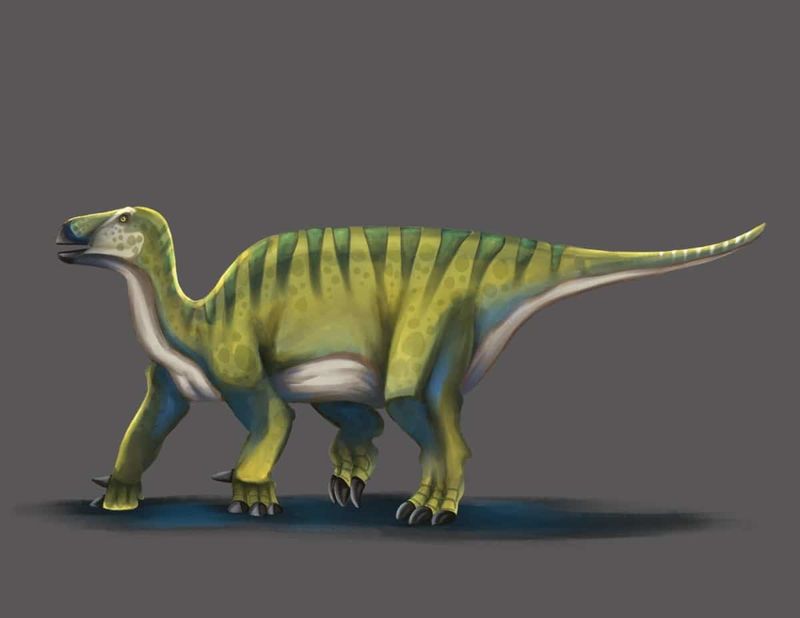
The Iguanodon, with its characteristic thumb spikes, was one of the first dinosaurs ever identified. Its discovery provided a glimpse into herbivorous dinosaur life and social structures.
The Iguanodon’s adaptations for defense and feeding offered evidence of diverse survival strategies, enhancing our knowledge of dinosaurian ecosystems and their complex interactions.
13. The Tiny Microraptor
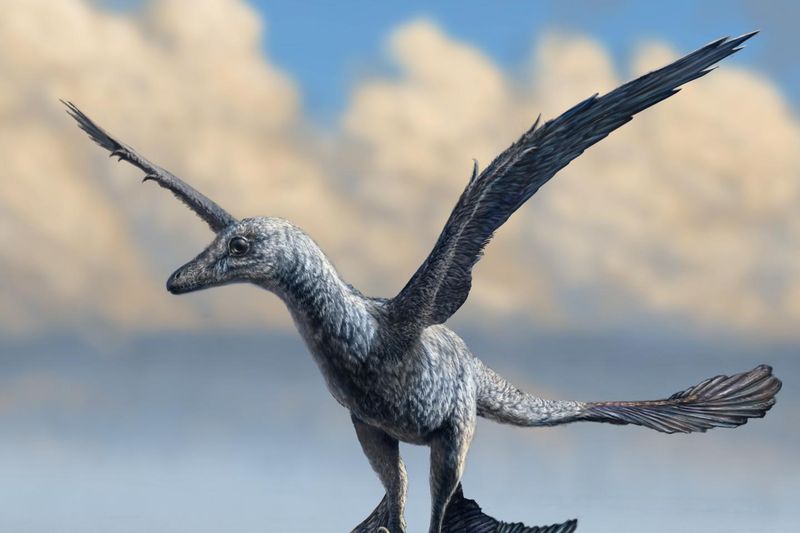
The diminutive Microraptor, with its four wings, revolutionized our understanding of dinosaur flight. Its discovery provided critical insights into the evolution of flight and aerodynamic adaptations.
This tiny predator, bridging the gap between dinosaurs and birds, illustrated the diversity of evolutionary experimentation in avian life, painting a dynamic picture of prehistoric skies.
14. The Duck-billed Hadrosaurus
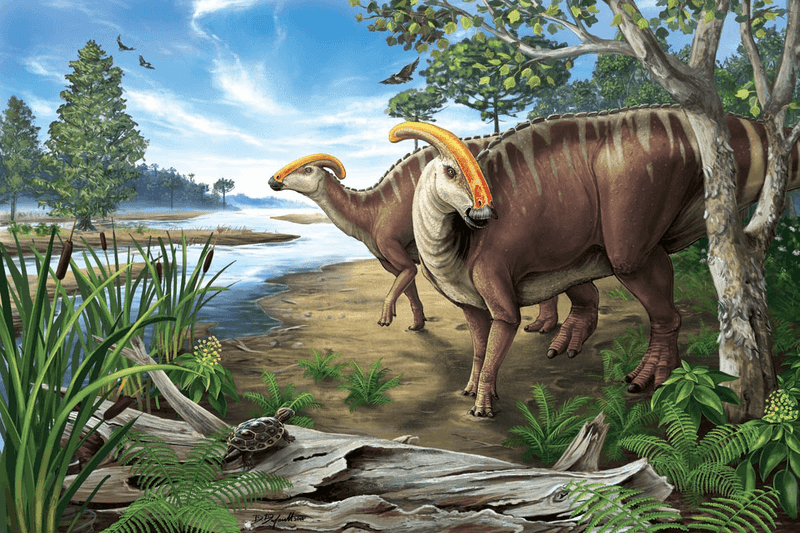
The Hadrosaurus, known for its duck-like bill, opened new doors in the study of herbivorous dinosaurs. As the first nearly complete dinosaur skeleton discovered in North America, it provided vital clues about these gentle giants.
The Hadrosaurus’ unique features offered insights into feeding mechanisms and social behavior, transforming our understanding of dinosaur communities.
15. The Enigmatic Therizinosaurus
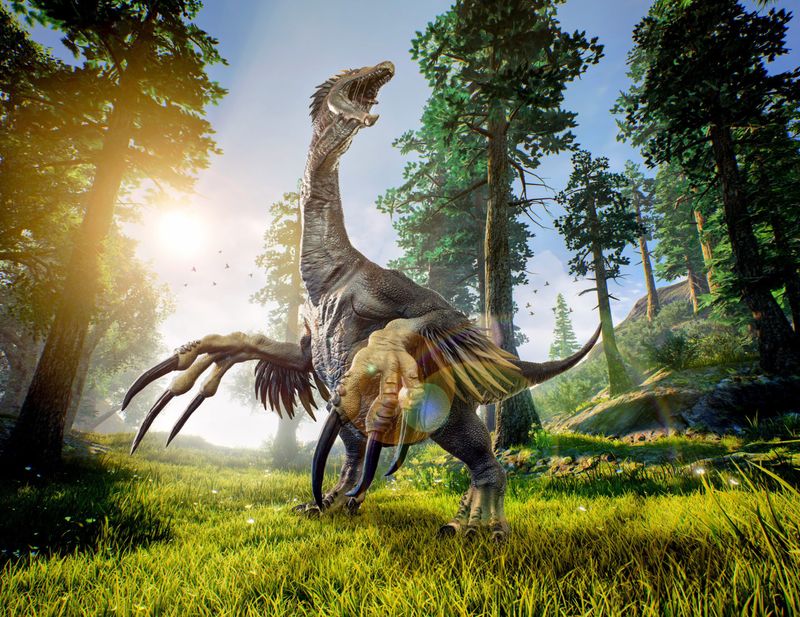
The discovery of Therizinosaurus, with its perplexing claws, sparked debates and fascination. Initially misclassified, its true nature unveiled a peaceful herbivore rather than a fierce predator.
This revelation challenged previous assumptions and underscored the complexity of dinosaur classification, emphasizing the need for continual reevaluation in our quest to understand these ancient creatures.
16. The Titanosaur Dreadnoughtus
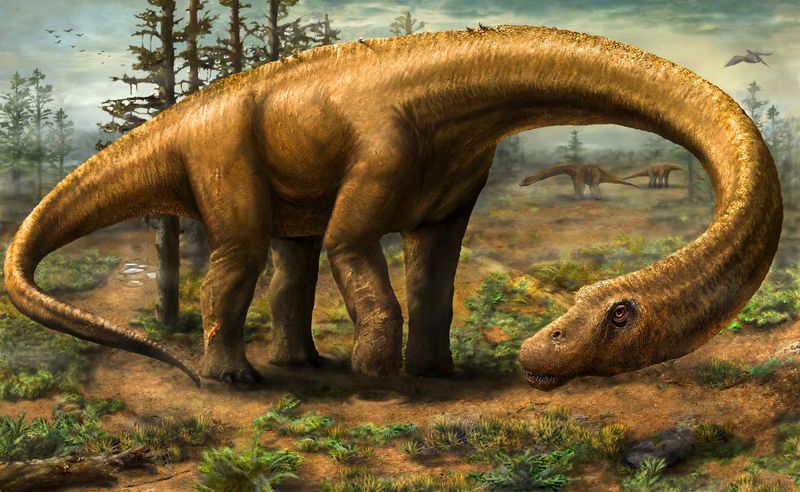
The Dreadnoughtus, one of the largest land animals to ever exist, redefined the limits of dinosaur size. Its discovery provided invaluable data on dinosaur growth and biomechanics, illustrating the challenges of supporting such enormous weight.
This titanic creature expanded our understanding of sauropod evolution and the ecosystems capable of nurturing such giants.
17. The Parrot-like Psittacosaurus
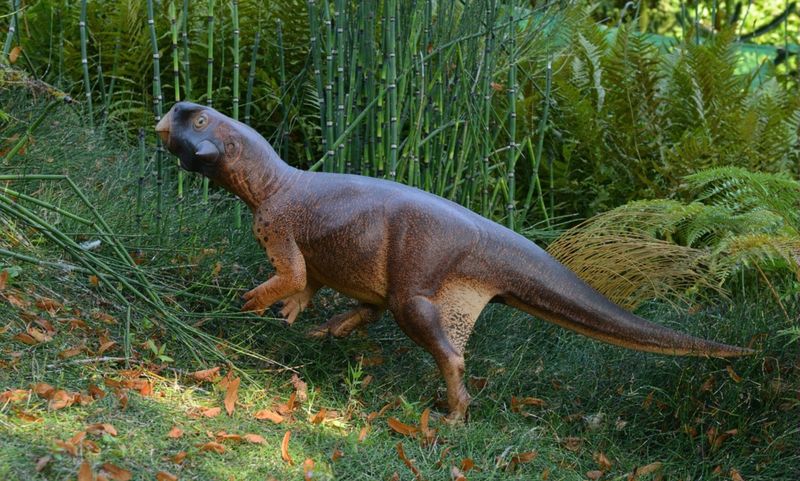
Psittacosaurus, with its parrot-like beak, showcased the diverse adaptations among herbivorous dinosaurs. Its discovery revealed clues about feeding strategies and evolutionary pathways.
The unique features of Psittacosaurus emphasized the extraordinary variety of forms life can take, reminding us of the boundless creativity of evolution and the complex interactions within ancient ecosystems.
18. The Aquatic Mosasaurus

While not a true dinosaur, the Mosasaurus ruled the ancient seas with terrifying efficiency. Its discovery highlighted the diversity of marine reptiles and their dominance in prehistoric oceans.
The Mosasaurus’ streamlined form and hunting prowess offered a glimpse into the aquatic world’s fierce predators, enriching our understanding of marine life’s evolutionary history.
19. The Early Coelophysis
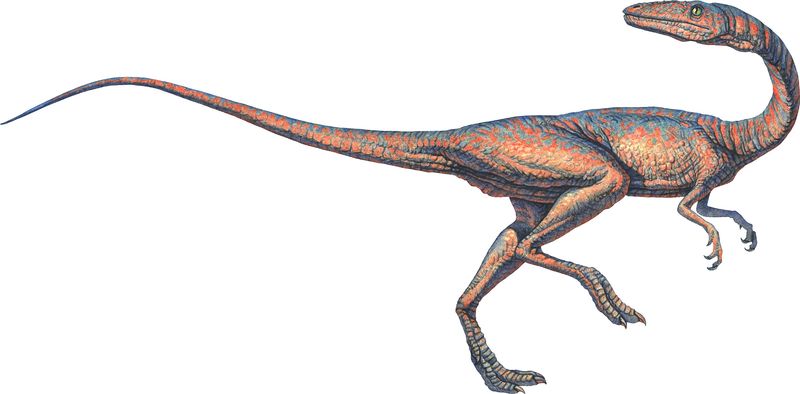
The Coelophysis, one of the earliest known dinosaurs, offered insights into the dawn of dinosaur evolution. Its discovery highlighted primitive traits and behaviors, providing a window into the early days of dinosaur life.
The Coelophysis exemplified adaptability and resilience, showcasing the beginnings of a lineage that would dominate the Earth for millions of years.
20. The Majestic Diplodocus
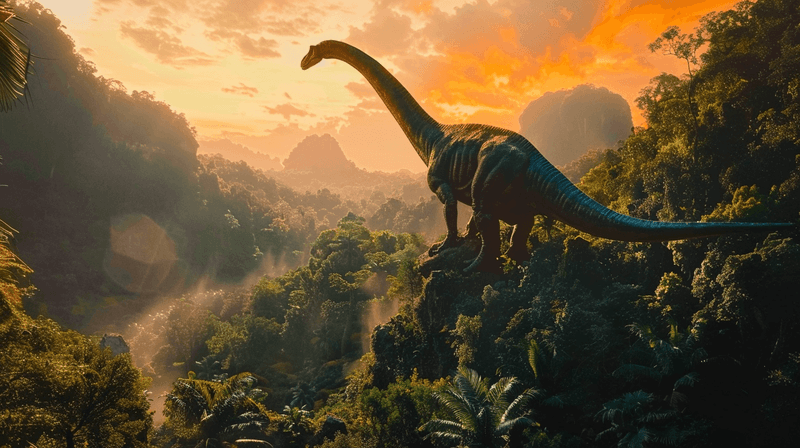
The Diplodocus, known for its lengthy form, transformed our understanding of diplodocid dinosaurs. Its discovery shed light on locomotion and feeding strategies, emphasizing adaptations for reach and balance.
The Diplodocus remains a symbol of grace and power, representing the awe-inspiring diversity and ingenuity found within the dinosaur kingdom.
21. The Star Of The Jurassic: Stegosaurus
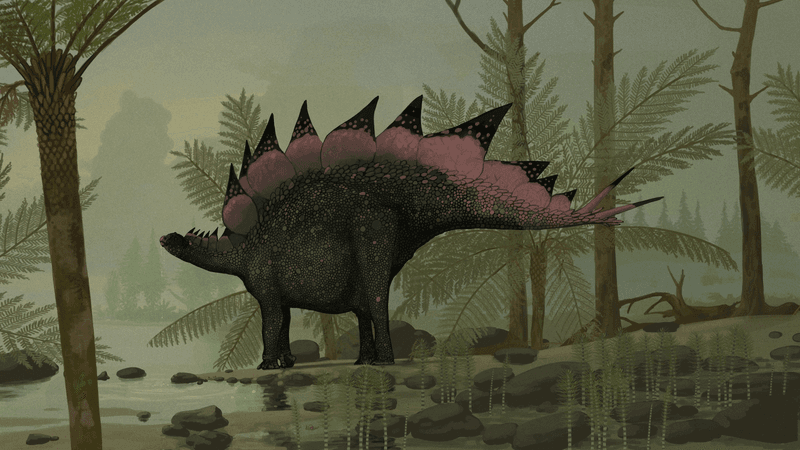
The Stegosaurus, with its iconic plates and tail spikes, captured imaginations and fueled scientific inquiry. Its discovery provided vital information on thermoregulation and defense, challenging previous notions.
The Stegosaurus remains an emblem of Jurassic majesty, inspiring wonder and admiration across generations, while continuing to provoke questions about its mysterious lifestyle.
22. The Enormous Giganotosaurus
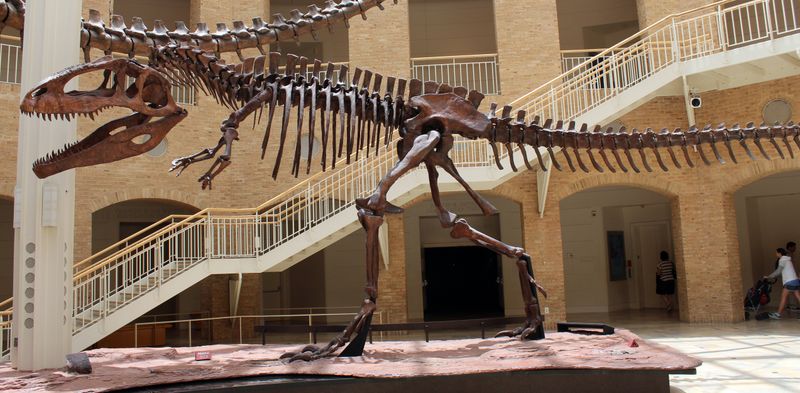
The Giganotosaurus, a colossal predator, expanded our understanding of theropod size and ferocity. Its discovery rivaled the famed T. rex, offering fresh perspectives on competition and survival strategies among apex predators.
The Giganotosaurus illustrated the relentless arms race of evolution, driving the development of size, strength, and cunning in the dinosaur world.

